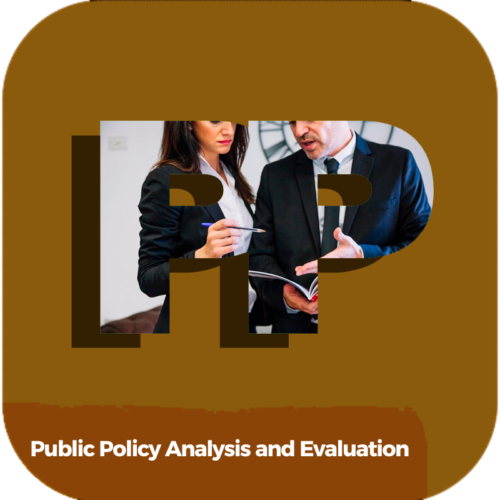Course Title: Certified Finance and Investment Planning Professional
Course Length: 12 Units
Proficiency Level: Advanced
Course Description:
The course is designed to help learners develop practical skills required for an Advanced Certified Finance and Investment Planning Professional in a modern business environment. The course follows industry-wide standards and best practices, and all objectives are measurable, ensuring that learners are equipped with the knowledge and skills required for a successful career in financial planning and investment management.
Course Structure:
Unit 1: Introduction to Financial Planning
Unit 2: Investment Instruments
Unit 3: Risk Management in Financial Planning
Unit 4: Insurance Planning
Unit 5: Tax Planning
Unit 6: Estate Planning
Unit 7: Retirement Planning
Unit 8: Investment Strategies
Unit 9: Asset Allocation
Unit 10: Portfolio Management Techniques
Unit 11: Behavioral Finance
Unit 12: Capstone Project
Course Objectives:
- Understand the key concepts and principles of financial planning and investment management.
- Gain knowledge of the different types of investment instruments and understand their features, benefits, and drawbacks.
- Develop the skills to assess and manage financial risks, including inflation risk, market risk, and liquidity risk.
- Learn how to plan and manage insurance coverage for clients, including life insurance, disability insurance, and long-term care insurance.
- Understand the tax implications of investment decisions and gain knowledge in devising tax-efficient financial plans.
- Develop skills in estate planning, including the use of trusts and other wealth transfer techniques.
- Understand the key elements of retirement planning, including retirement income needs and the role of Social Security.
- Develop effective investment strategies and understand the advantages and disadvantages of different investment vehicles.
- Understand asset allocation strategies for different types of investment portfolios.
- Acquire essential skills in portfolio management, including risk management, investment valuation, and performance measurement.





